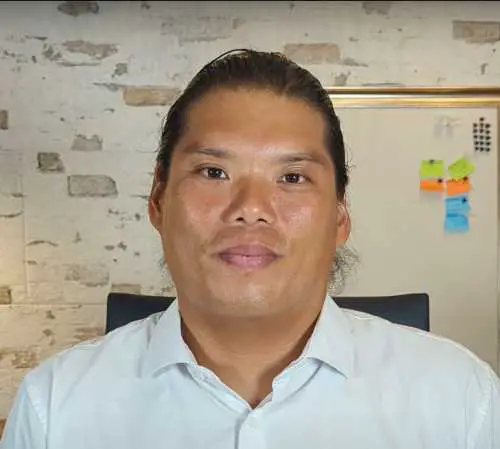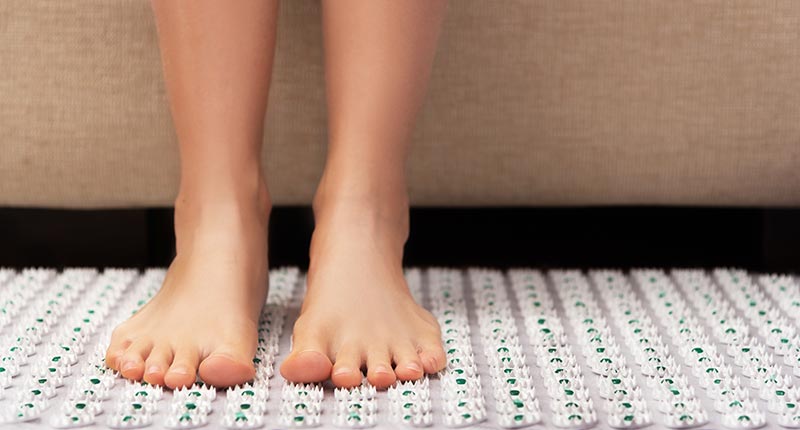Acupressure, a non-invasive and natural healing method, can be particularly effective for those suffering from vestibular migraines. This article, focusing on acupressure points for vestibular migraine, provides in-depth guidance for those seeking relief. For a broader perspective on acupressure’s role in managing vertigo, our detailed guide on acupressure points for vertigo offers valuable insights.
6 Acupressure Points for Vestibular Migraine
Based on Dr. Gene Wei‘s expertise, the following acupressure points are recommended for alleviating vestibular migraines:
- LI4 (Hegu): Located on the hand, between the thumb and index finger.
- GB20 (Fengchi): At the base of the skull near the neck.
- LU7 (Lieque): On the forearm, near the wrist.
- LU9 (Taiyuan): Near the wrist crease on the thumb side.
- TE-17 (Wind Screen): Behind the earlobe.
- Yin Tang: Midway between the eyebrows.
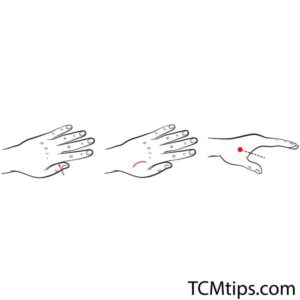
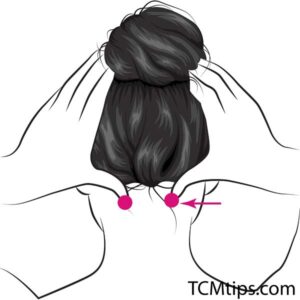

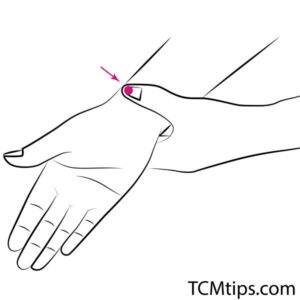
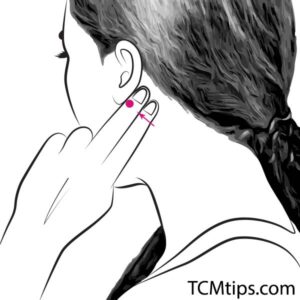

How to Use These Points
To effectively use these points for vestibular migraine relief:
- Safety First: Ensure you’re in a secure environment where falling won’t lead to injury.
- Apply Pressure: Use firm pressure on each point. It should be somewhat painful but not overly so.
- Duration: Push and rub each point firmly for 10-15 seconds, then relax for about 30 seconds. Move to the next point and repeat.
- Repetition: Go through all the points, repeating the sequence 2 or 3 times for maximum effectiveness.
Tips and Precautions
Dr. Wei advises the following:
- Medical Consultation: Confirm that your symptoms are vestibular migraines and do not indicate a more severe condition.
- Environment: Practice in a safe place to prevent injuries if you become dizzy or lose balance.
- Listen to Your Body: Acupressure should not cause extreme pain. If it does, stop and consult a professional.
- Regular Practice: Consistency is critical for the best results.
By incorporating these acupressure techniques into your routine, you can address vestibular migraines effectively and naturally, enhancing your overall well-being and stability.
 P. Sze
P. Sze 
